
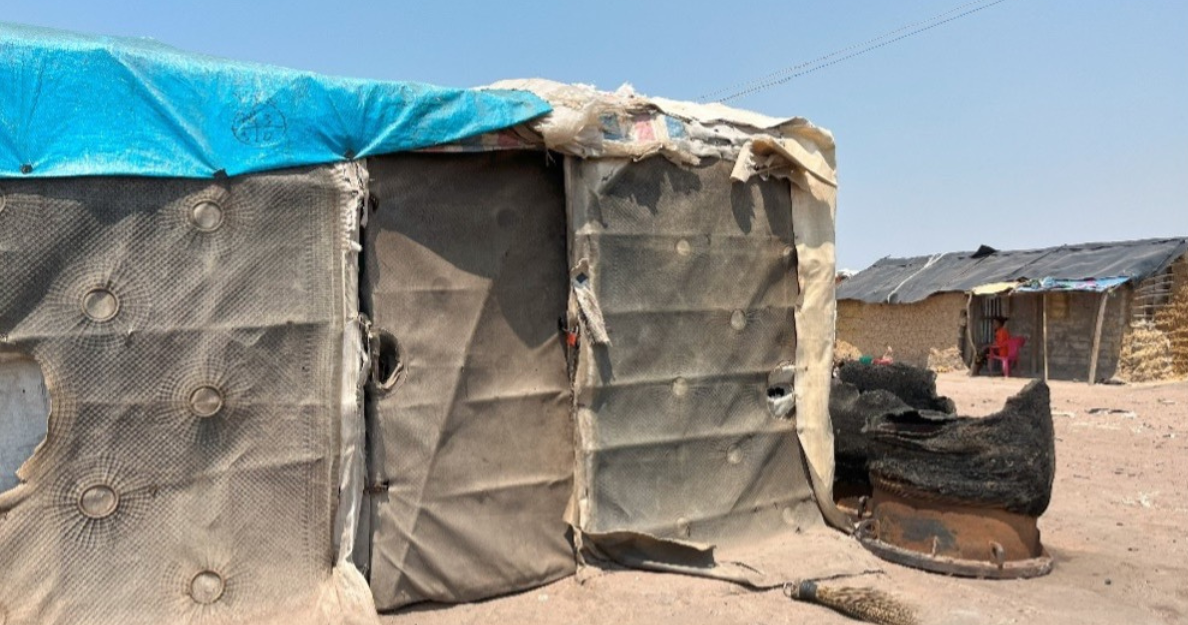
The residence where Kamia’s family lives in.
In Kolwezi, DRC, mining communities often assume a transient and nomadic appearance, reflecting the migratory patterns of families in response to exploitation of the land by large mines as well as the availability of minerals providing artisanal mining (ASM) work. Within the tapestry of family narratives woven by these challenges of fractured family dynamics, pervasive poverty, and the harsh reality of residing in an ASM mining region with limited prospects, we will look into Kamia*’s story of resilience, remediation, and reconciliation.
Estranged from both her parents, who had ventured far from the village she called home to find work, she found herself under the care of her aunt. However, that familial relationship also unravelled over time. Left to navigate childhood without a solid support system, Kamia left her education behind and began searching for alternative means of survival.
Unable to find formal employment, Kamia spent her days in the ASM mines, cleaning cobalt minerals since she was ten. Our comprehensive study in Child Rights and Cobalt Artisanal and Small-Scale Mining found that child labour is prevalent in cobalt ASM, with one in six children engaged in mining activities. Various child rights issues are associated with this work, including exposure to hazardous work tasks, air-borne pollutants, a high risk of road accidents, and poor psychological health.
However, for the children and adults in Kolwezi, ASM mining often stands as the sole viable means of income, given the absence of alternative employment opportunities in the community, where mining operations dominate, and other industries are scarcely found. At a sorting area by the roadside, Kamia, along with other children, broke down minerals into smaller pieces with their bare hands, far from any protective equipment. This daily grind took a toll on both her health and development as a child.
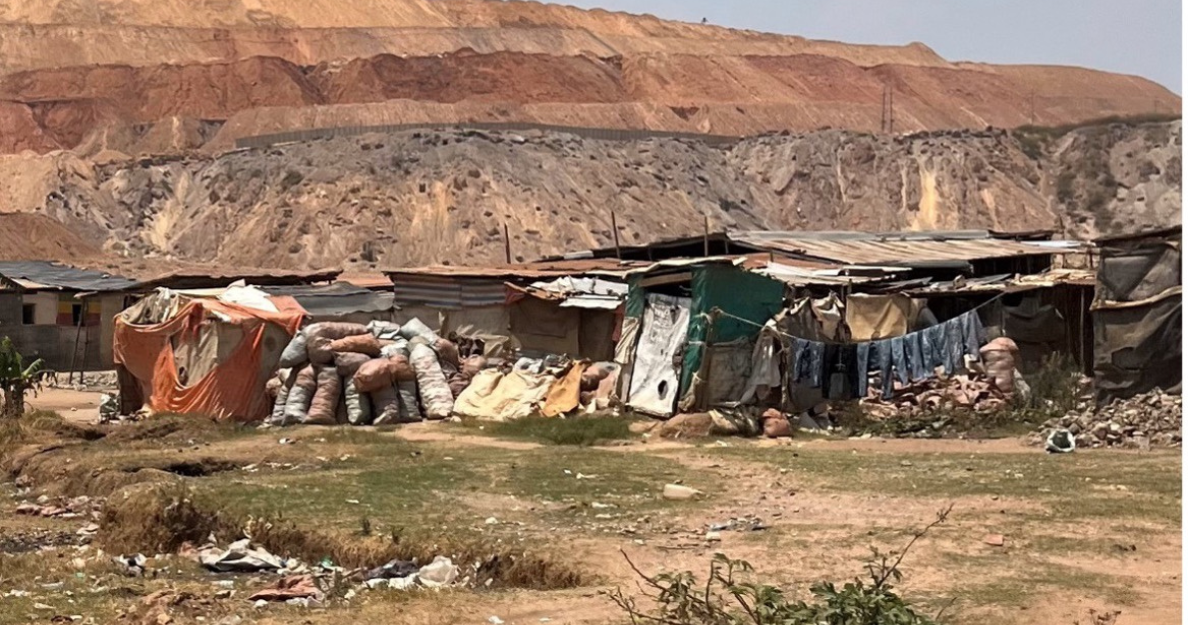
A sorting area for minerals in the local community.
When The Hub for Child Labour Prevention and Remediation (The Hub) first found Kamia, she was only 12 years old. As she had no family to care for her, she became a part of an orphanage in the DRC. As a partner in The Hub's remediation efforts, the orphanage had received training in child protection and child labour remediation management.
Through The Hub's child labour remediation programme, where our focus is to tailor the remediation programme to the best interest of each child, Kamia was reintegrated into school in September 2022, starting afresh in Grade 3. Kamia’s family is also provided with a living stipend as part of the remediation process.
Thanks to being part of The Hub’s strong support system, Kamia began to shed the weight of her past and was given a new pathway to grow. No longer burdened by the struggle for survival, she emerged as one of the top students in her class.
“Kamia has worked hard and passed her end-of-year- exams with good grades. She was placed second in her class with 73% passing scores. This is very encouraging for this child who is adapting well to studies after having experienced such a long period of dropping out of school,” shared her teacher.
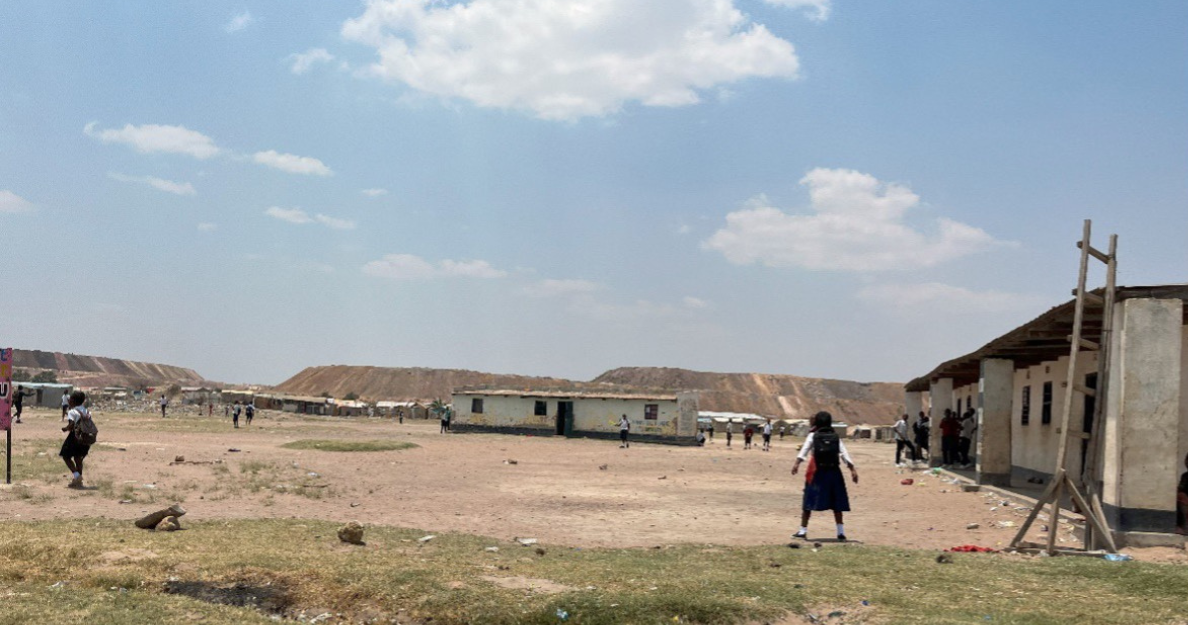
A school in one of the ASM communities (not Kamia’s).
But Kamia’s story did not stop there. By leveraging The Hub’s network, The Hub managed to locate Kamia’s family, and initiated the process of reuniting her with her parents. This is why The Hub was established together with existing local organisations and initiatives as it is a more effective solution for long-term remediation and for leveraging their networks that have already been established.
Kamia's father visited the orphanage, initiating the next phase of her remediation journey - a reconciliation with her family. As per her parents' request, the orphanage and her family jointly committed to caring for her during this process.
"I was very happy to see my daughter and could not wait to take her home. I just want to be with her,” said Kamia’s mother when we talked to her.
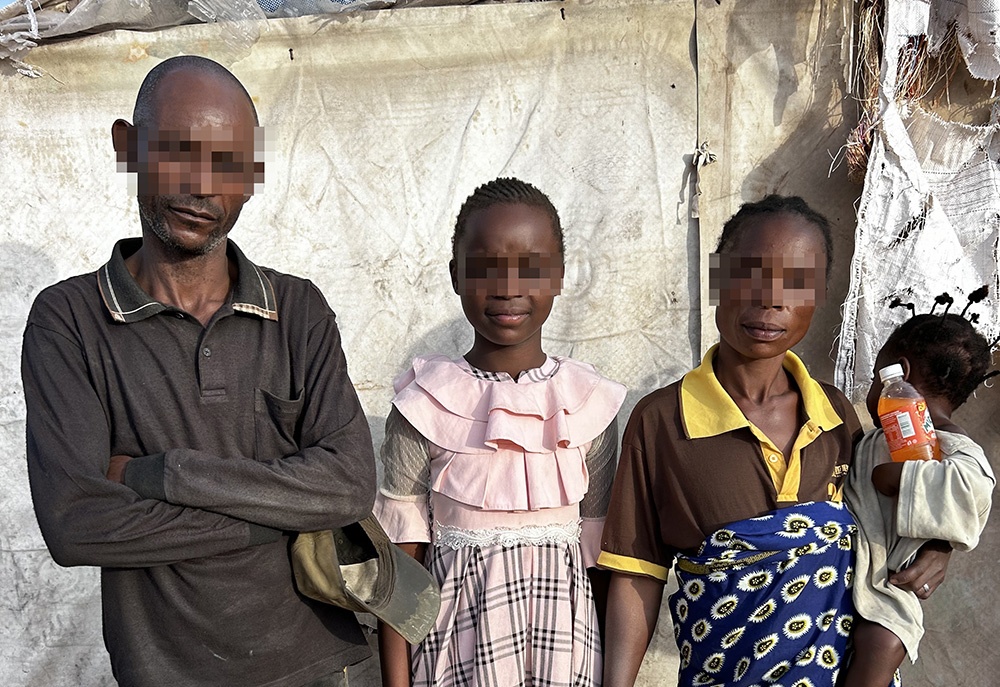
Kamia and her family.
During the process of reconciliation, Kamia spent her holidays with her parents, an important step for in the remediation process to ensure the creation of a comfortable and secure environment. This was essential for both parties to warm up to each other, facilitating a smoother transition to living together as a united family. By November 2023, she had successfully reunited with her family, thanks to close collaboration with different government departments and functions. This highlights how The Hub’s network-based structure successfully aligns with and builds on available resources, including from government channels, to give children in our programme the best possible long-term support.
Kamia now lives with her family and has started school in the neighbouring community that has been evaluated to meet the necessary standards and support her specific needs. The remediation programme will continue to monitor Kamia's progress until she reaches16 years of age.
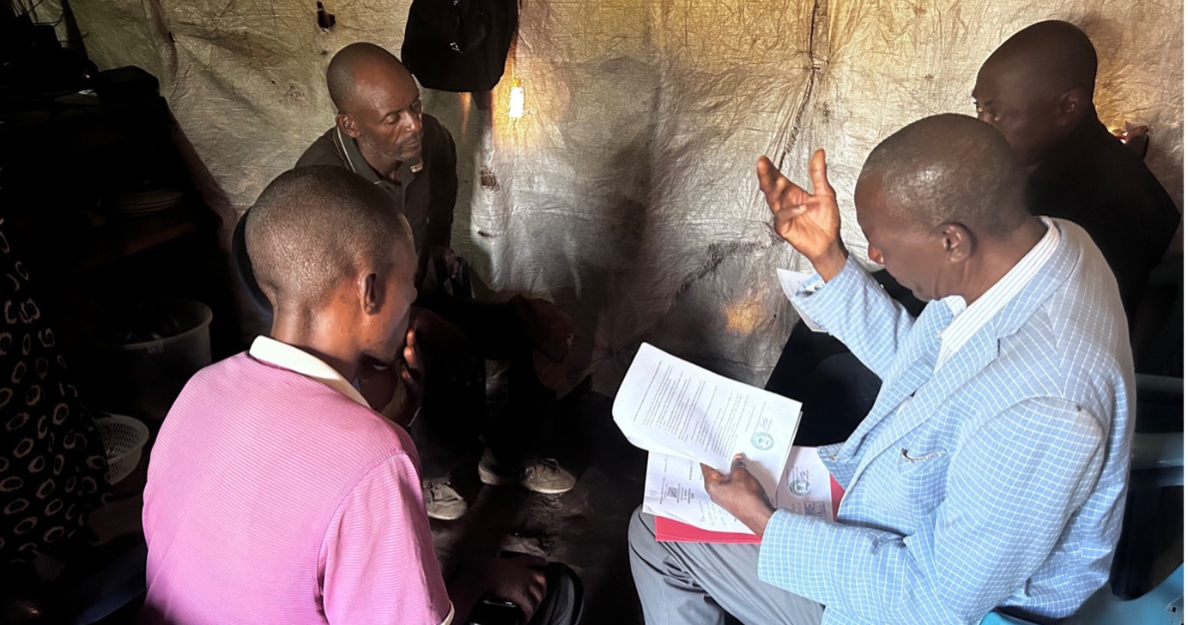
Completion of the reunification process: Kamia’s father signing papers with government officials.
Kamia's story, once marked by uncertainty, evolved into a tale of resilience and reconnection. Presently, The Hub is actively engaged with 18 children, similar to Kamia, through our remediation programme, which is removing children from the worst forms of child labour in ASM communities. Thanks to strategic funding from the FCA, funding from companies supporting child remediation programmes or decent work opportunities for youth and collaboration with NGOs and the mining industry, initiatives like The Hub are able to create long-term positive change for children in ASM communities.
In addition to The Hub for Child Labour Prevention and Remediation, The Centre is also establishing Child Labour Action Hubs in Bangladesh and Malaysia. To learn more about these hubs or to discuss opportunities for supporting these initiatives, please contact us.
*Kamia's name has been changed to protect her privacy.
2025/12/16
Webinar: Addressing Child Labour in Complex Upstream Supply Chains: Agriculture, Mining and TextilesBy using this website, you agree to our use of cookies. We use cookies to provide you with a great experience and to help our website run effectively.